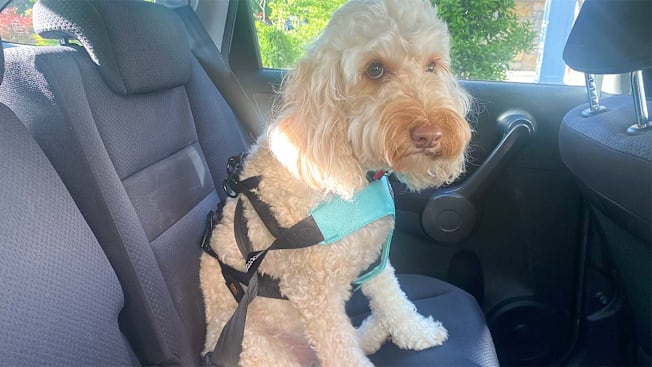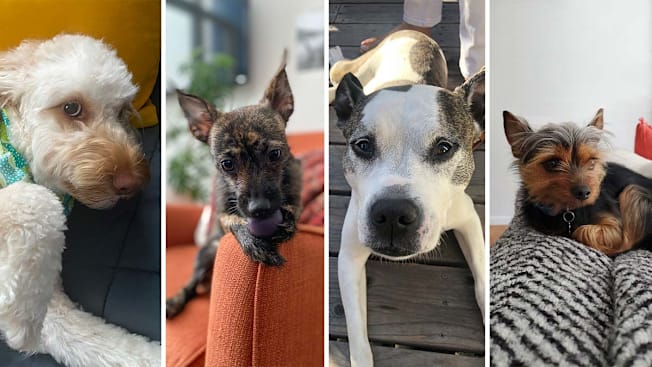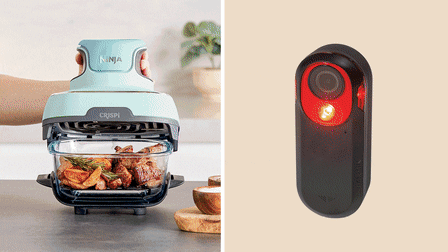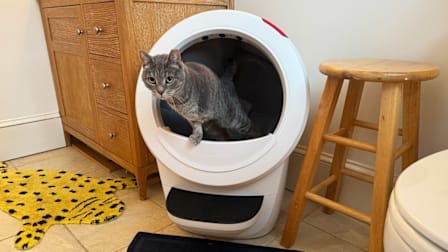Best Dog Harnesses and Carriers for Travel
CR’s pup volunteers and their owners evaluated four dog harnesses and carriers that can keep your pooch safe during car trips
When you shop through retailer links on our site, we may earn affiliate commissions. 100% of the fees we collect are used to support our nonprofit mission. Learn more.

Traveling with dogs anywhere—the park, beach, vet—should be a safe experience in which your dog feels comfortable and secure.

Photo: Consumer Reports Photo: Consumer Reports
While we can’t say they—or we—were barking mad about them all, here’s what we learned from their reactions and our experiences taking them for a spin in the car.




















